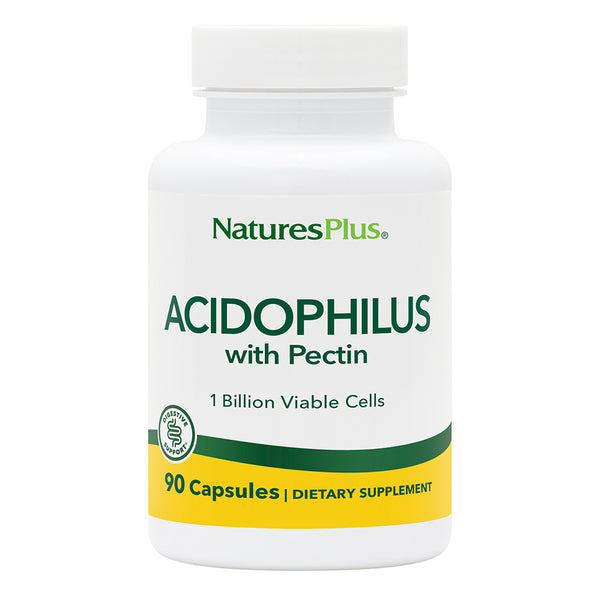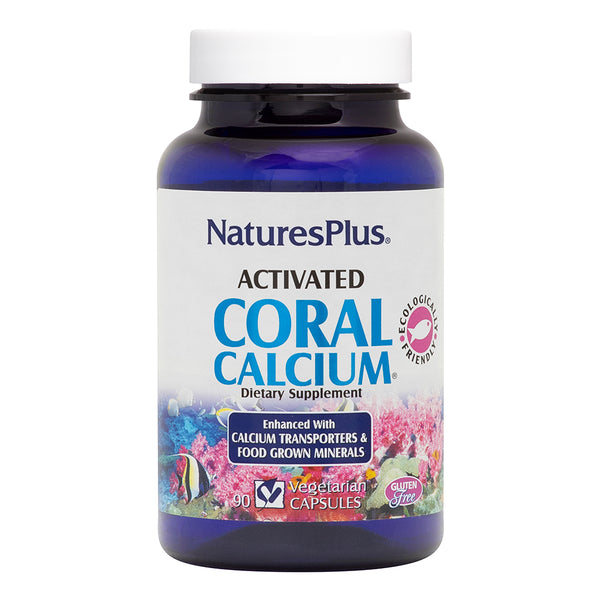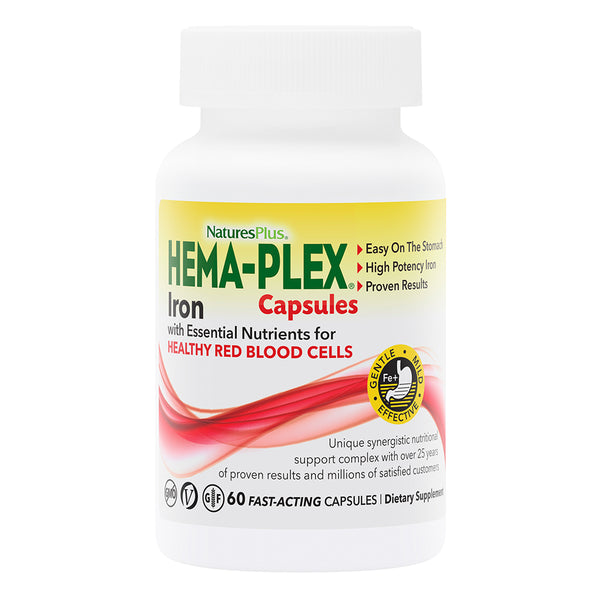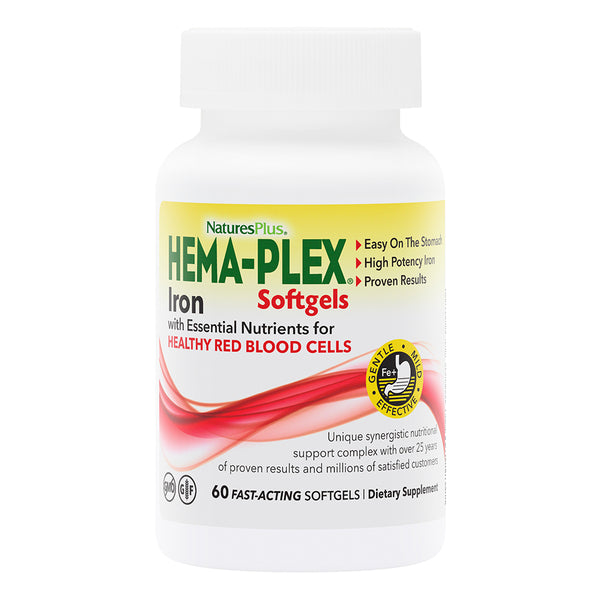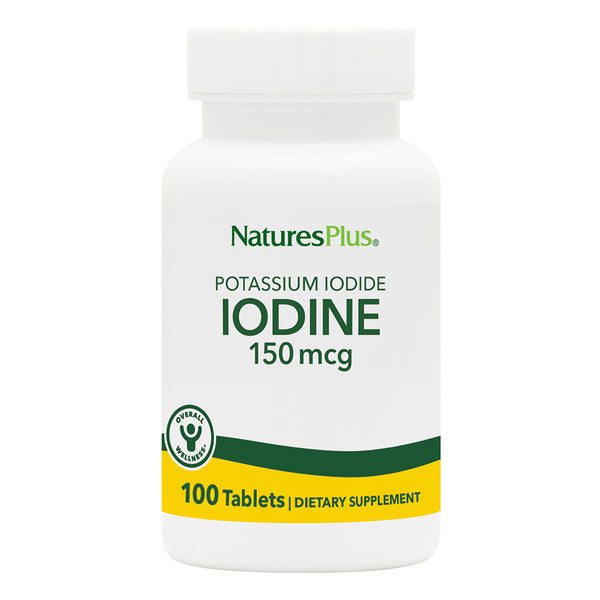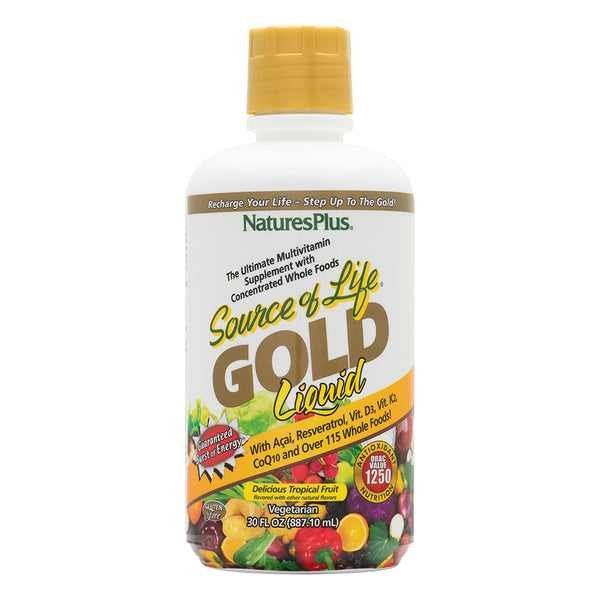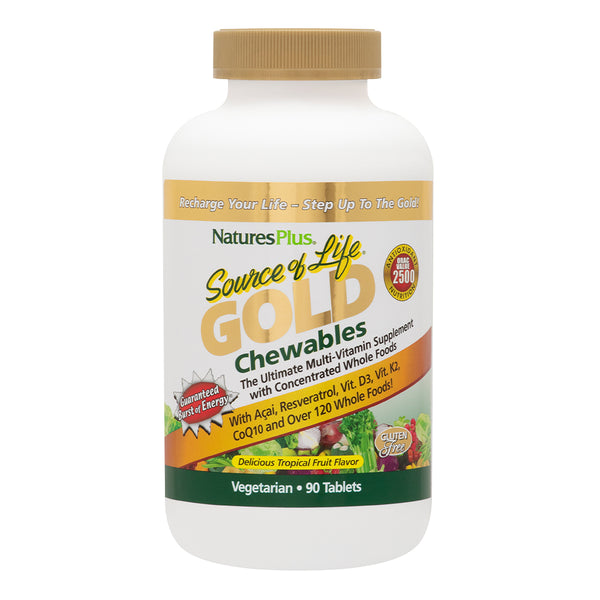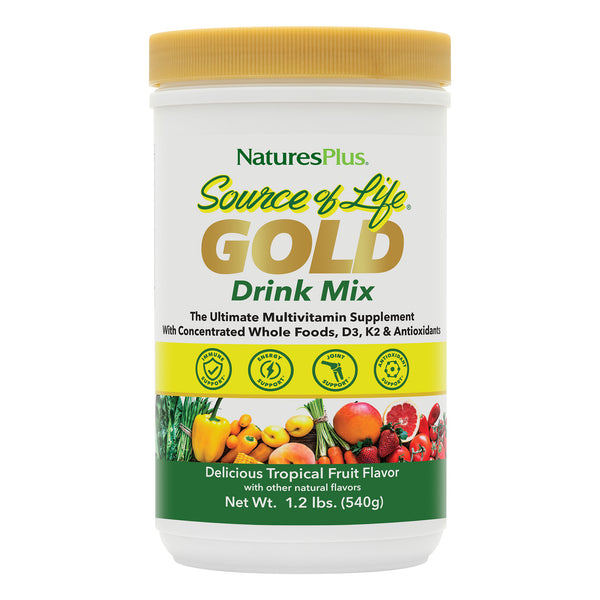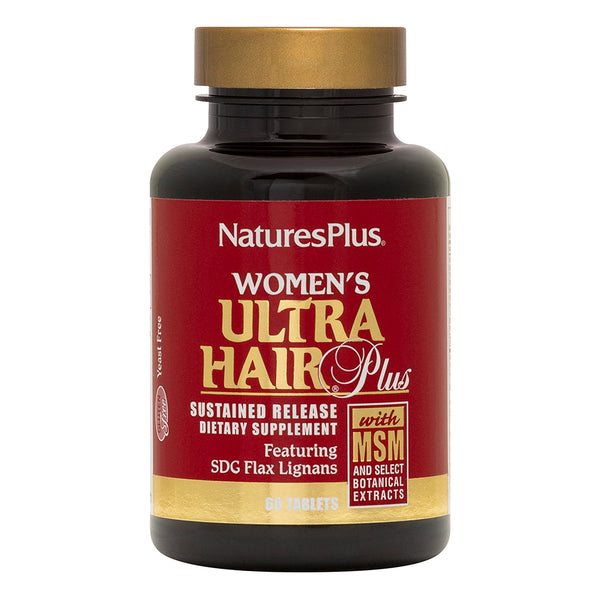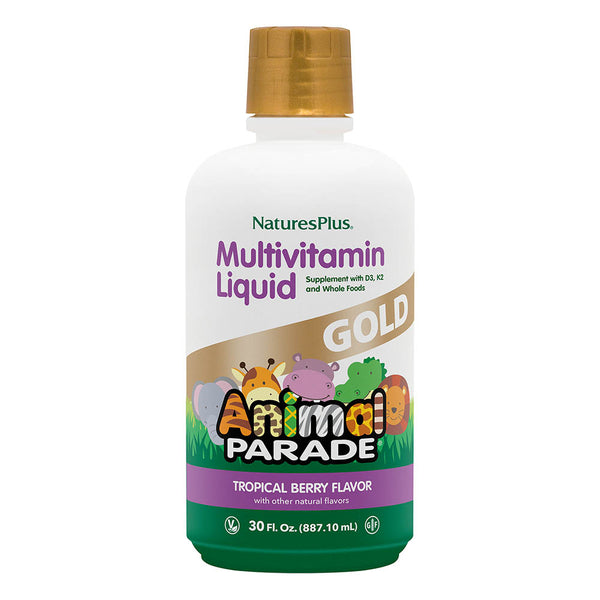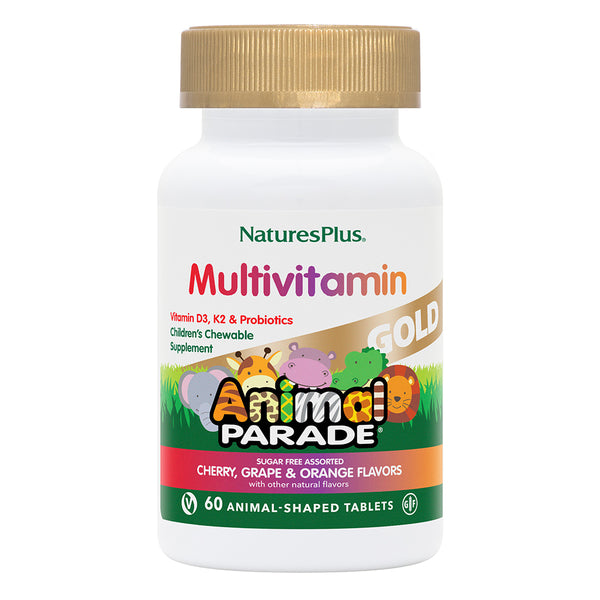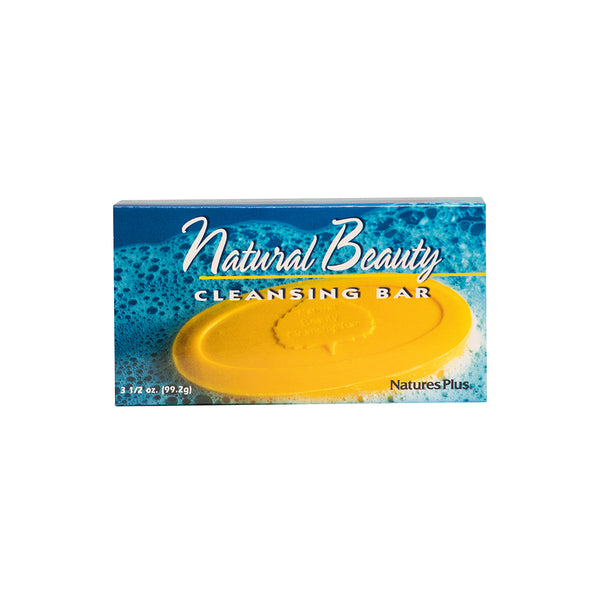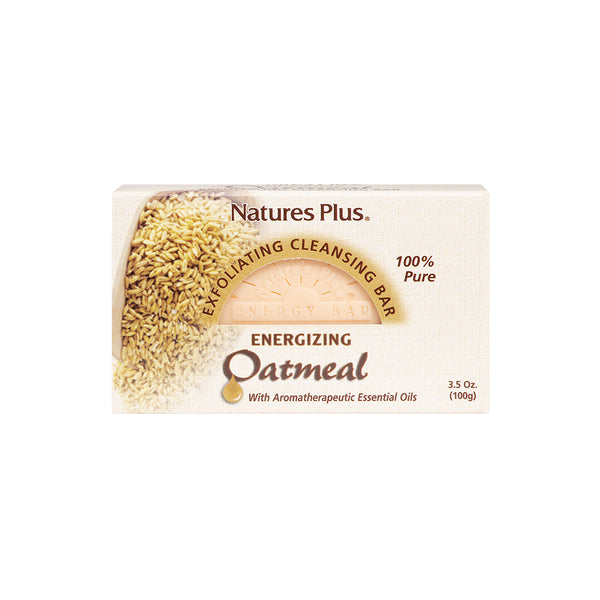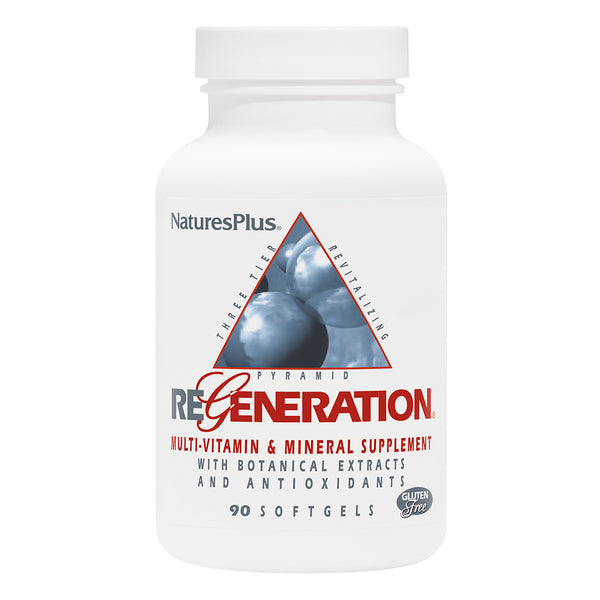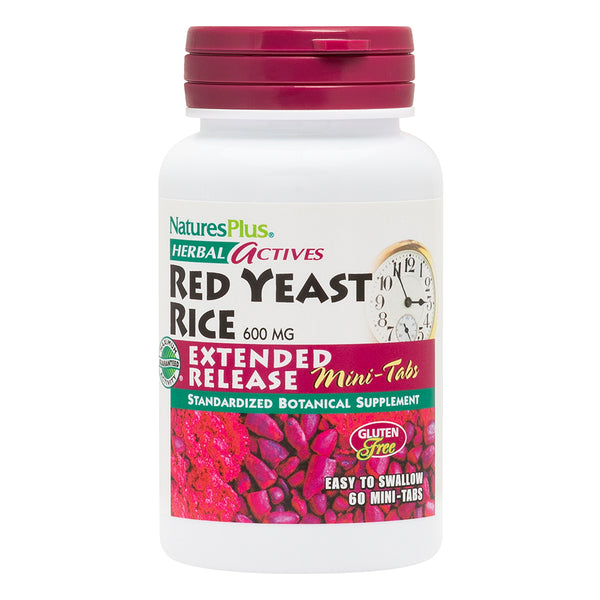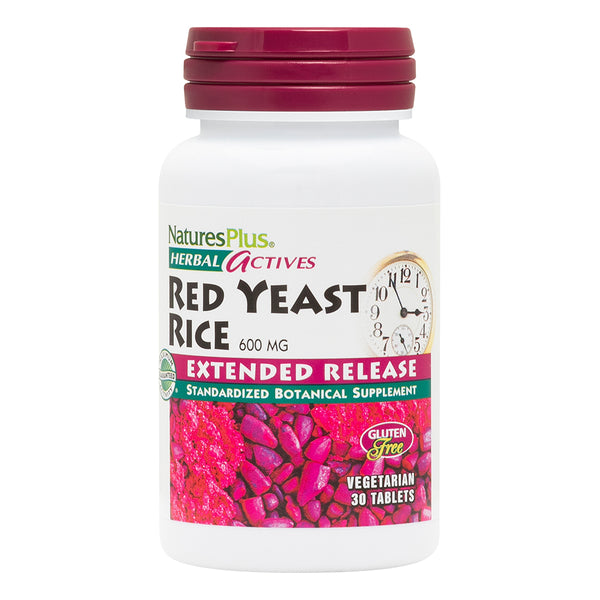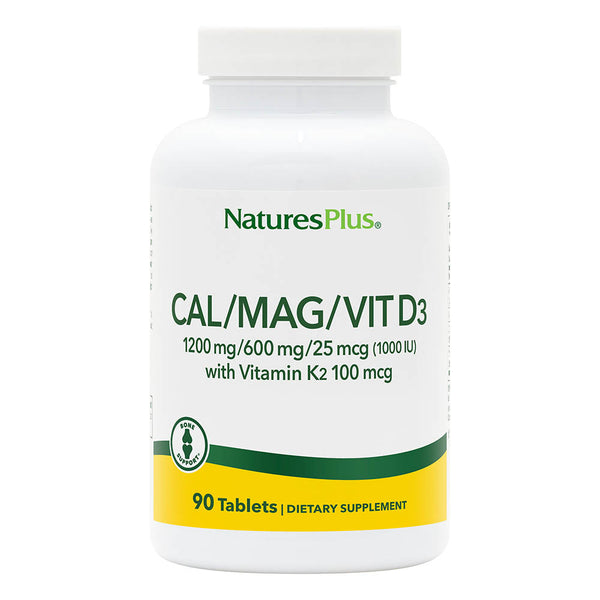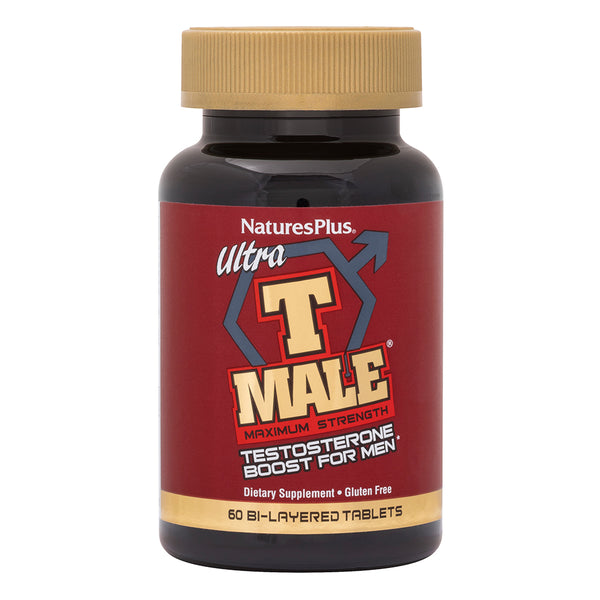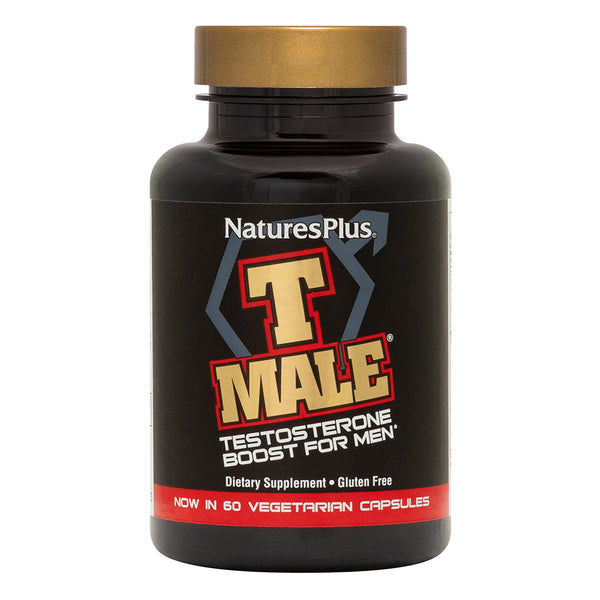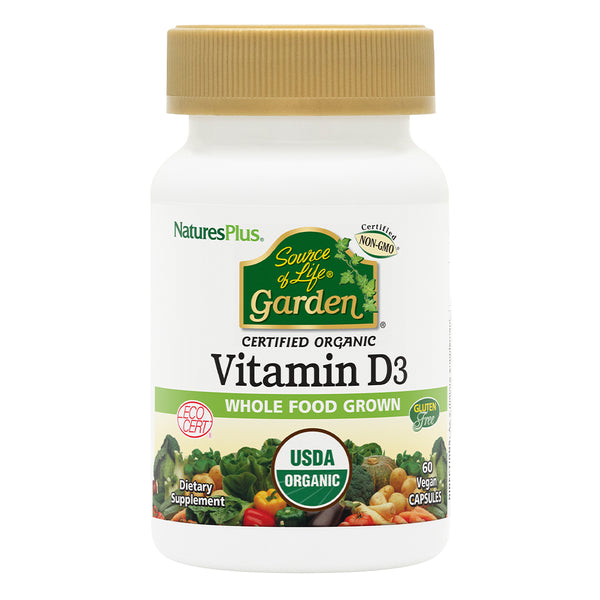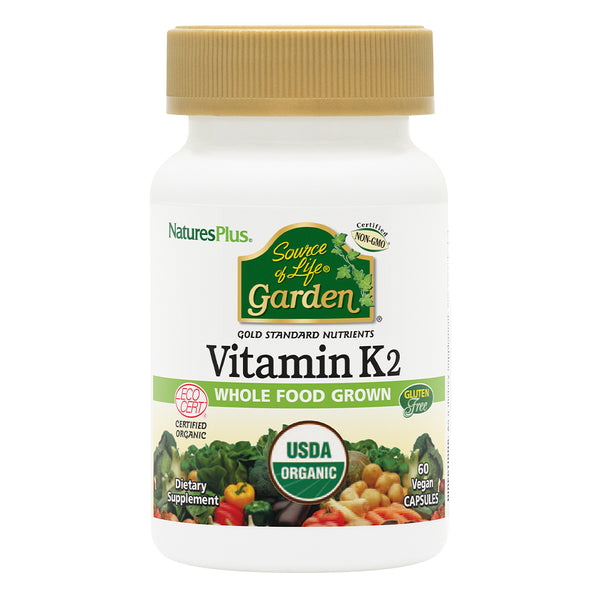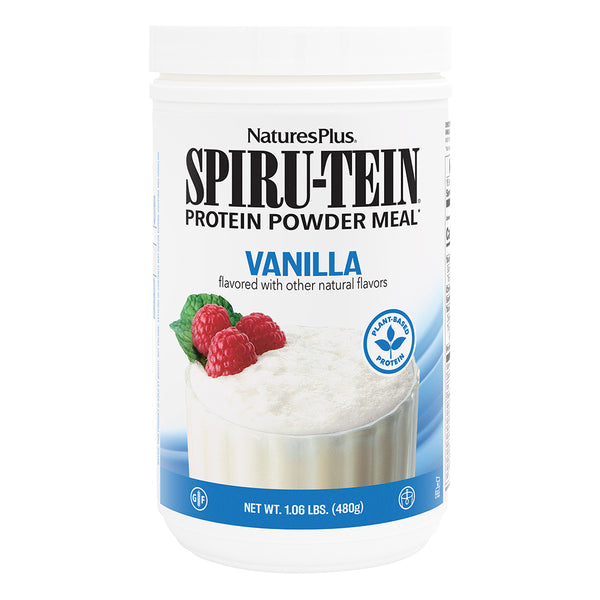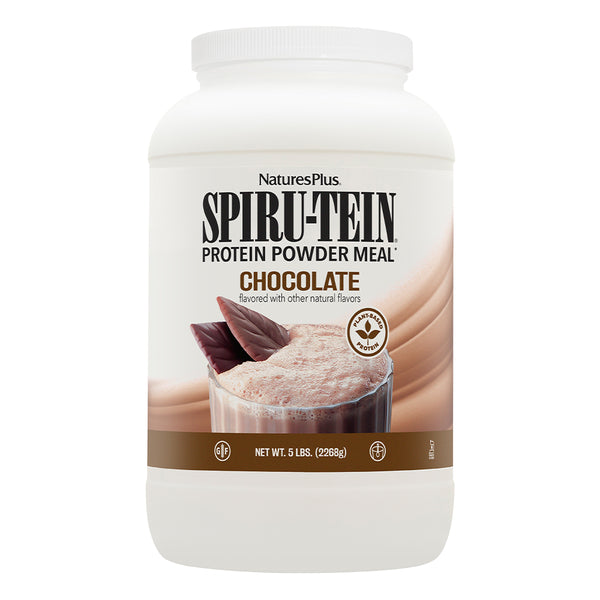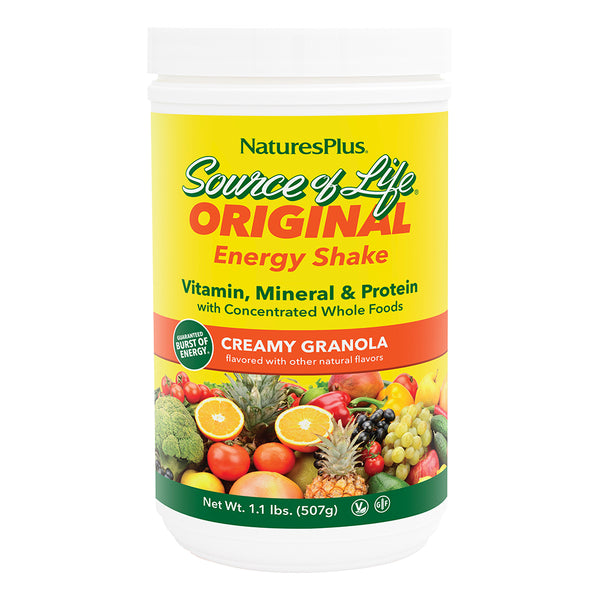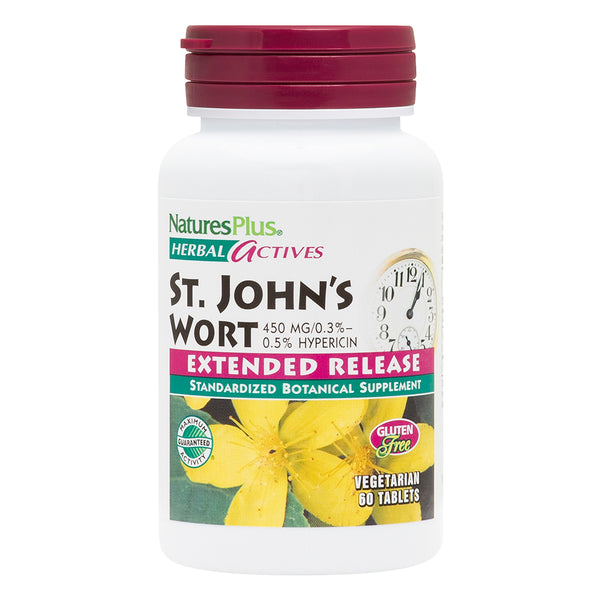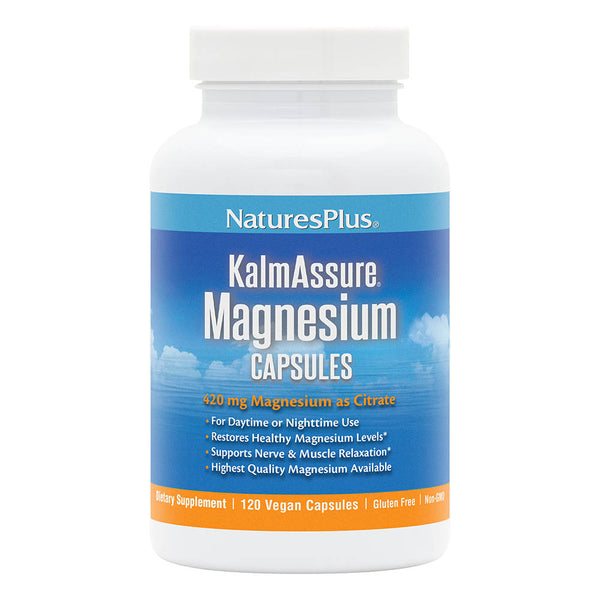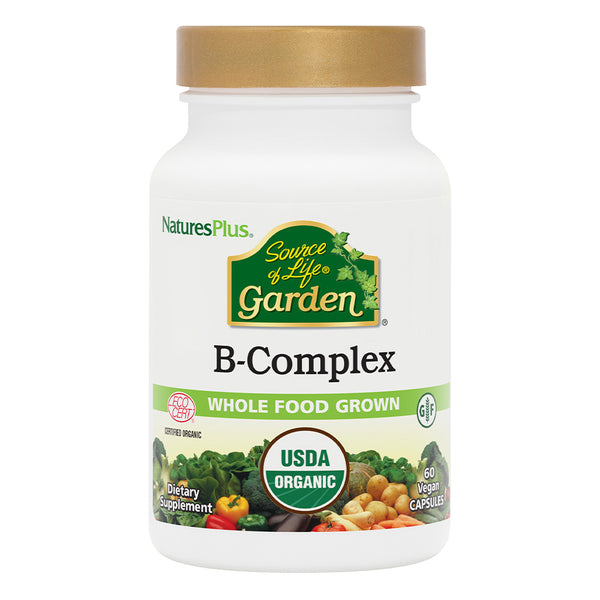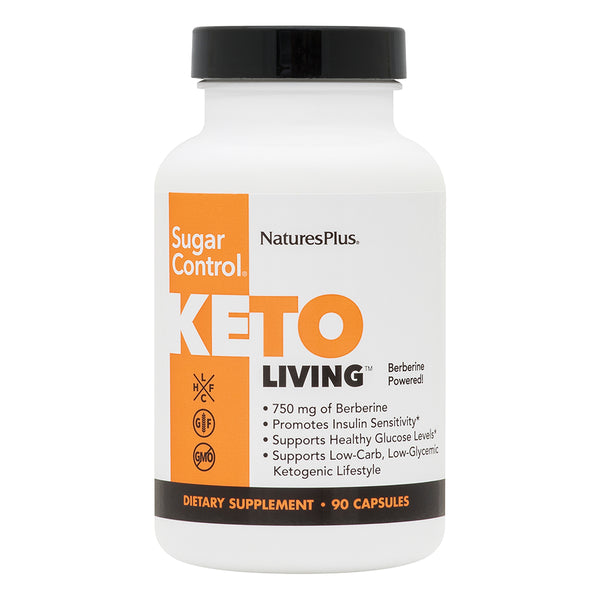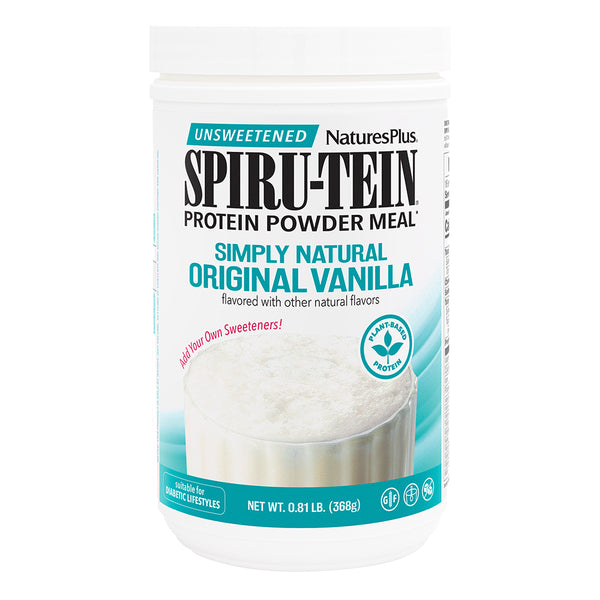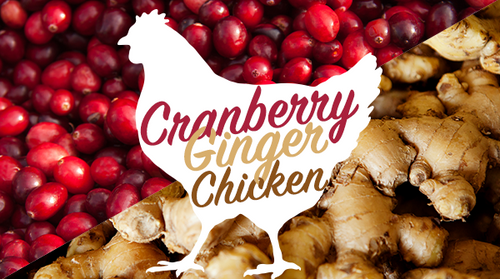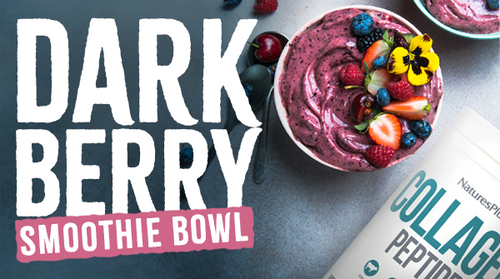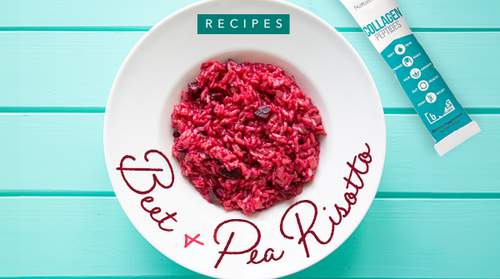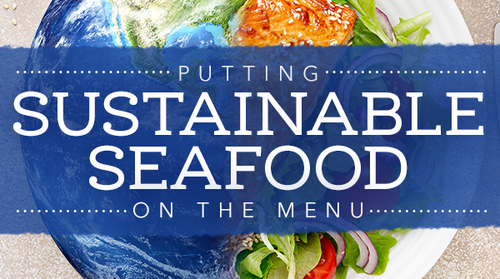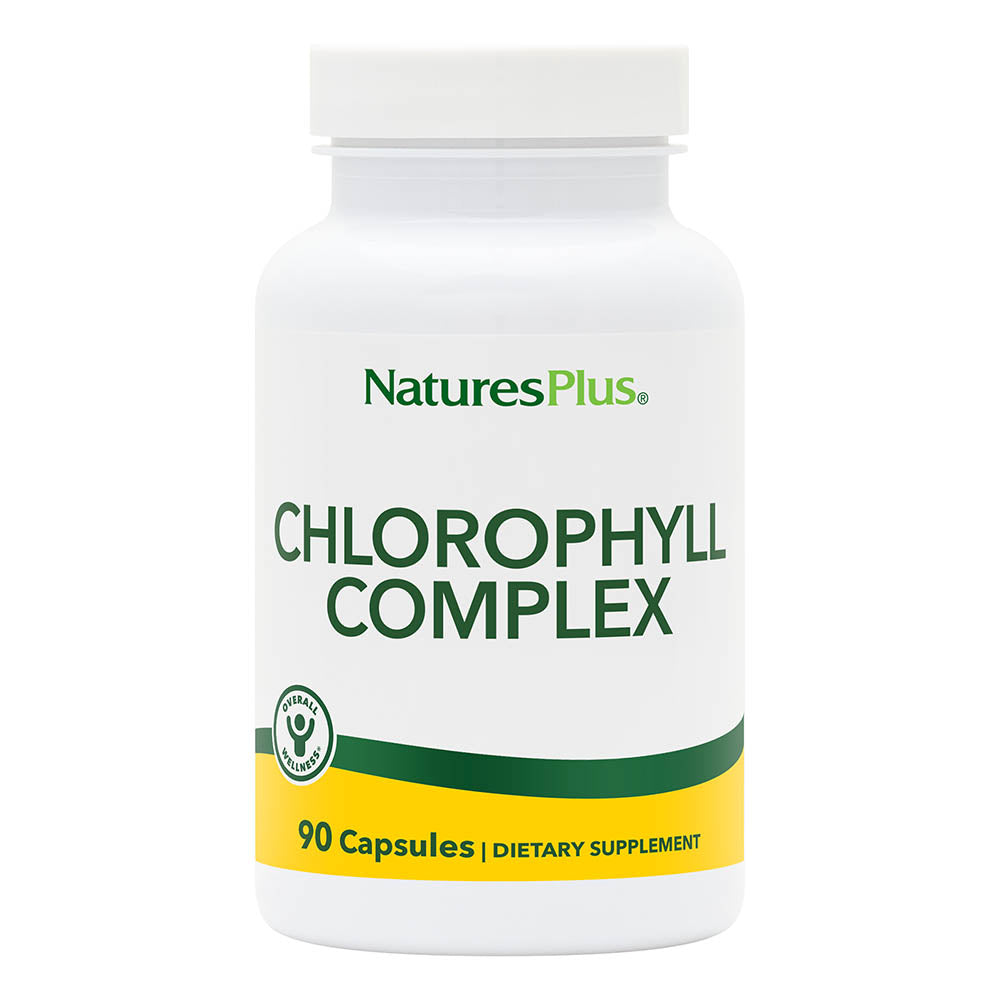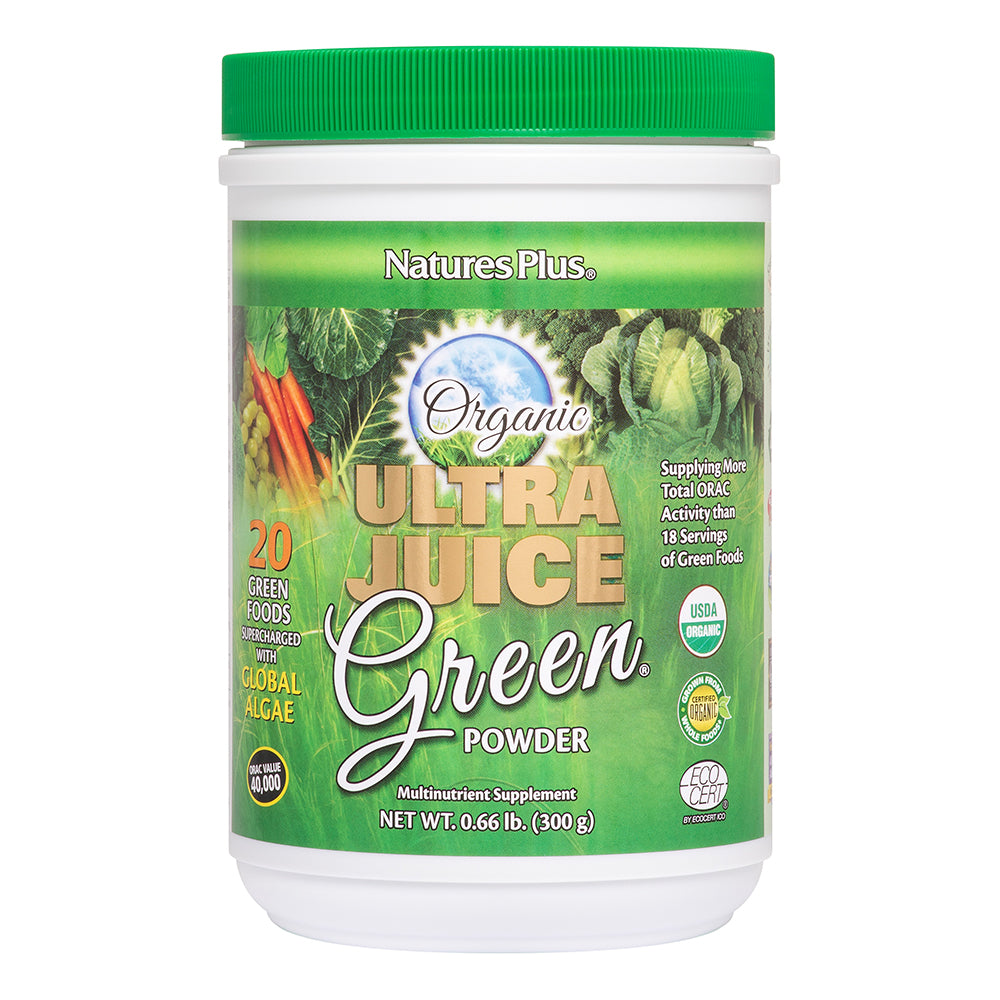One of the hottest trends in fine dining today is the use of microgreens, plants sporting their first true leaves that are between the sprout and baby green stages of growth.
"Microgreens are tender, delicate and highly flavorful," say Eric Franks and Jasmine Richardson, authors of Microgreens (Gibbs Smith). Franks and Richardson grow microgreens for the restaurant trade on their Oregon farm, a business spurred by the desire of many chefs to build recipes around sustainably grown local ingredients.
However, Franks and Richardson encourage home cooks to grow their own microgreens. They point out that these crops can occupy small spaces, "a perfect fit for urban and suburban families who do not have room for a garden." What's more, these infant plants can provide fresh-food nutrition all year long for even the busiest of cooks.
It's no surprise that leafy greens such as arugula, endive and basil are popular microgreens. But even edibles generally used for their roots, flowers or stalks—such as radish, broccoli and celery—make tasty microgreens.
According to Franks and Richardson, the key to growing great microgreens is to start with good soil that will produce "strong, even growth and an increased yield." They suggest trying several different brands of potting soil to see which works the best. That soil should be placed in a shallow container and pressed to create a flat seedbed.
Quality seeds are another microgreen must-have. Look for seeds with a high germination rate and store them in a cool, dry place until planting time. (Make sure they haven't been pretreated with fungicides or other substances.)
Once you've sown your seeds, Franks and Richardson recommend gentle, thorough watering to encourage robust growth without excessive moisture. Use a pH meter to make sure your water is not too acid or alkaline.
Want an ingredient that's both chic and practical? Go with homegrown microgreens.
Sesame Encrusted Tuna with Asparagus & Salad
1 medium shallot
1/3 cup red wine vinegar
1 cup sesame oil
2 tbsp fresh horseradish
12–18 spears asparagus, depending on size
1 oz caraway seeds
1 oz coriander seeds
1 oz sesame seeds
2 lbs ahi tuna
salt & pepper, to taste
2 tbsp vegetable oil
2 large cucumbers
3 oz micro radish
Dressing of choice
Source: reprinted with permission from Microgreens: A Guide To Growing Nutrient-Packed Greens by Eric Franks And Jasmine Richardson (Gibbs Smith)
Like this article? You’ll love our weekly newsletter
sign up here!
**These statements have not been evaluated by the Food and Drug Administration. This product is not intended to diagnose, treat, cure or prevent any disease.
